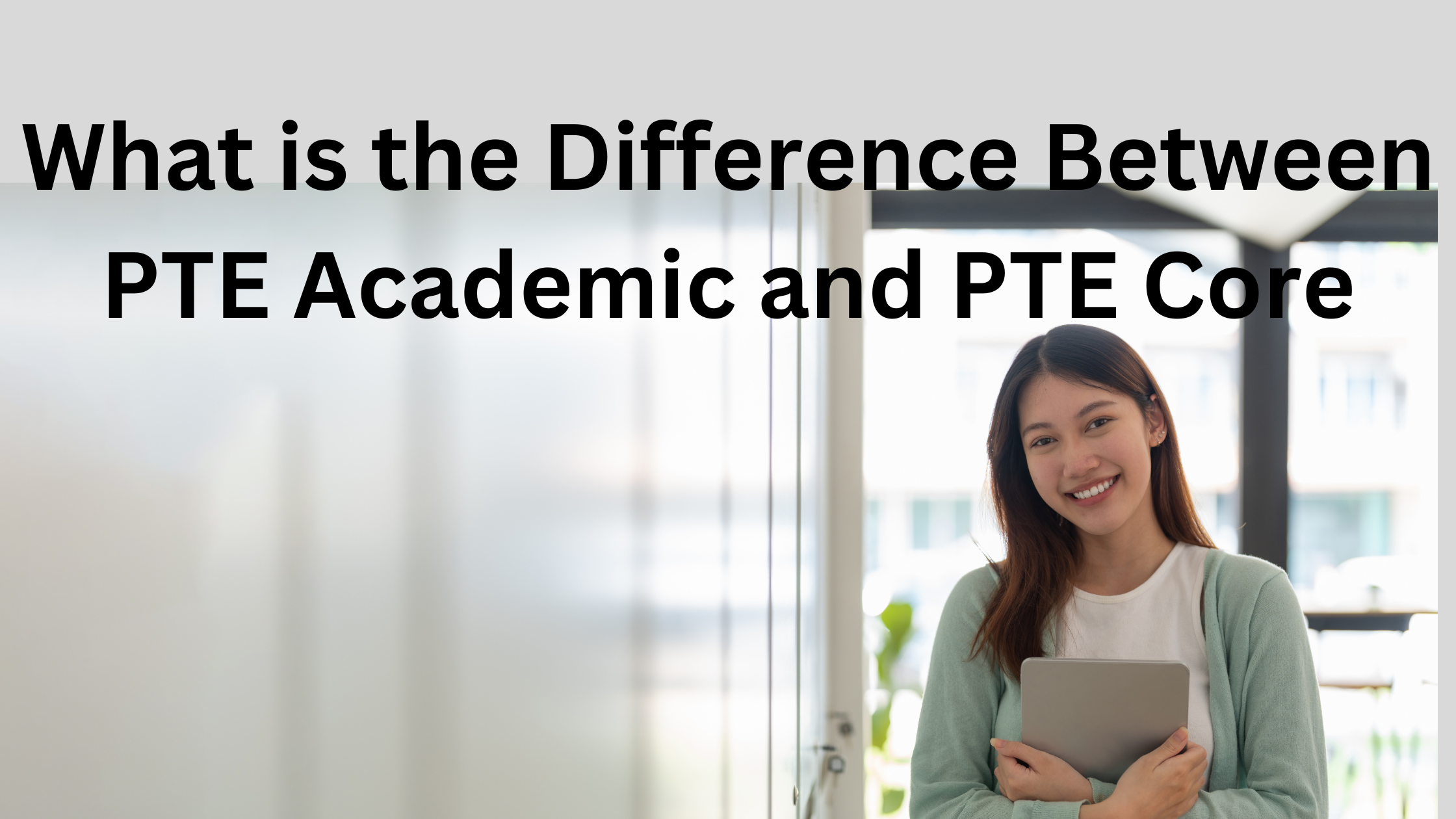In an era where global communication plays a pivotal role, proficiency in the English language is a valuable asset. PTE Academic and PTE Core emerge as indispensable gateways, assessing language skills for academic, professional, and immigration pursuits. As we delve into the nuances of these tests, this exploration aims to unravel the distinctions, target audiences, and key strategies for success. Whether navigating the academic corridors with PTE Academic or embracing the practicality of language skills through PTE Core, understanding the intricacies empowers individuals on their quest for linguistic excellence. Join us on this insightful journey, where clarity and strategic preparation pave the way to language proficiency success.
Understanding PTE Academic: A Comprehensive Overview
PTE Academic, or Pearson Test of English Academic, is a computer-based English language proficiency test designed to assess the language skills of non-native English speakers. It is widely recognized by universities, colleges, and governments around the world for academic and immigration purposes. Let’s delve into the key aspects of understanding PTE Academic.
Test Format:
PTE Academic consists of four main sections, each designed to evaluate specific language skills:
Speaking:
In this section, test-takers are assessed on their ability to communicate in English. Tasks include reading aloud, repeating sentences, describing images, and answering questions.
Writing:
The writing section evaluates skills such as summarizing written text, writing essays, and responding to information presented in charts or graphs.
Reading:
Test-takers encounter various question types that assess their reading skills, such as multiple-choice, re-order paragraphs, and fill in the blanks.
Listening:
This section measures listening skills through tasks like summarizing spoken text, multiple-choice questions, and filling in the blanks.
Real-Life English Skills:
Unlike traditional language tests, PTE Academic focuses on assessing practical language use in real-life academic contexts. The test is designed to reflect the tasks and skills that individuals would encounter in an English-speaking academic environment. This ensures that test-takers are not only proficient in the English language but can also apply their skills in academic settings.
Computer-Based Test:
One distinctive feature of PTE Academic is that it is entirely computer-based. Test-takers use a computer to complete the test, and the entire process, including speaking and writing sections, is digitally recorded. This format provides a fair and unbiased evaluation of language skills, and results are usually available within five business days.
Adaptive Testing:
PTE Academic employs adaptive testing technology, meaning that the difficulty level of the questions adapts based on the test-taker’s performance. This ensures a personalized evaluation, with questions becoming more challenging as the test-taker answers correctly, and vice versa.
Target Audience and Purpose of PTE Academic and PTE Core: A Clear Perspective
Understanding the target audience and the specific purposes of PTE Academic and PTE Core is crucial in choosing the right test for individual goals. Let’s explore who these tests cater to and their distinct purposes.
PTE Academic:
Target Audience:
PTE Academic primarily targets individuals aspiring to pursue higher education in English-speaking countries. University and college admissions offices often require proof of English proficiency, and PTE Academic serves as a reliable measure for assessing readiness to engage in academic studies.





